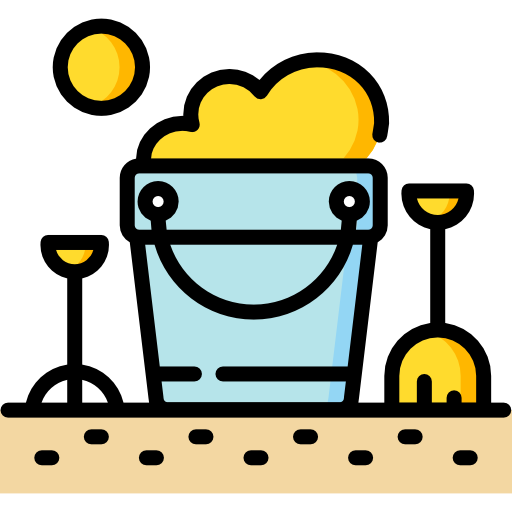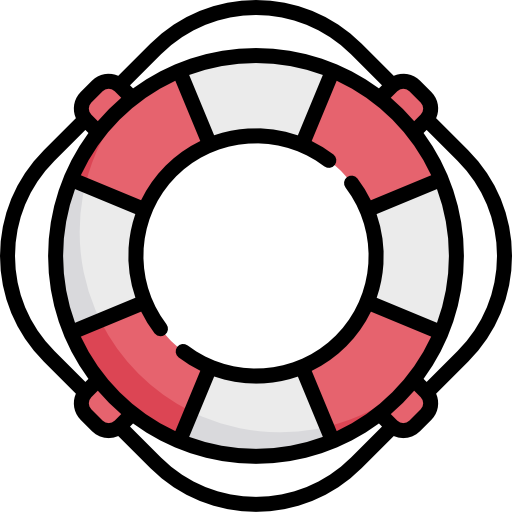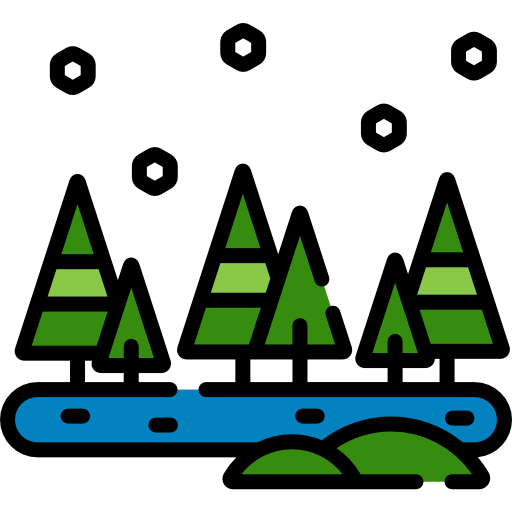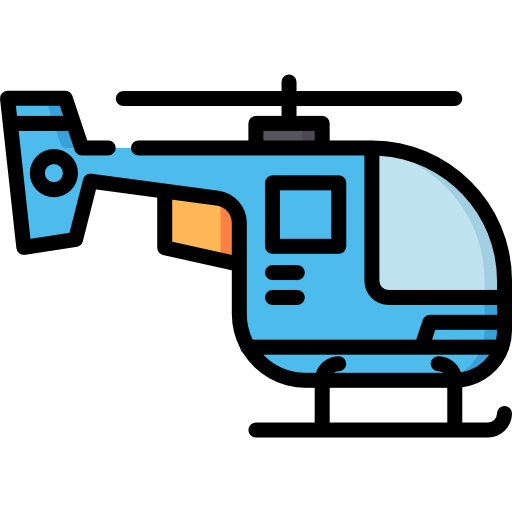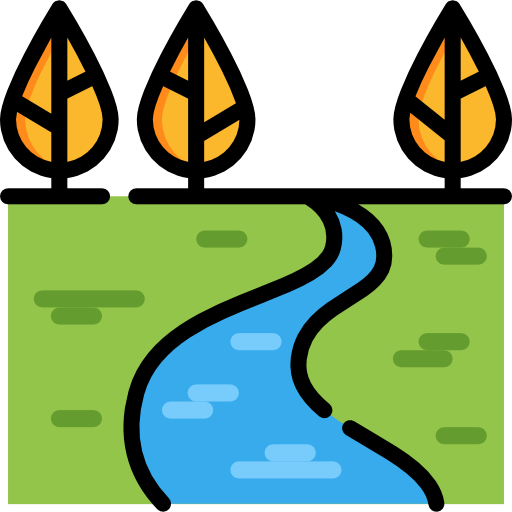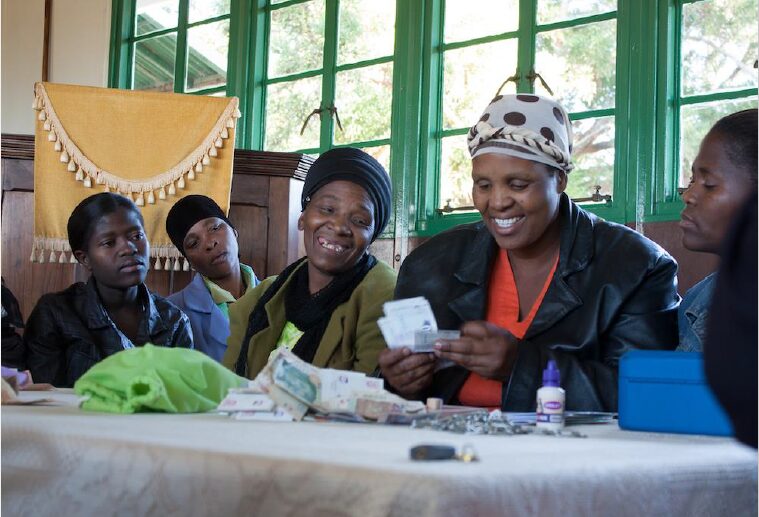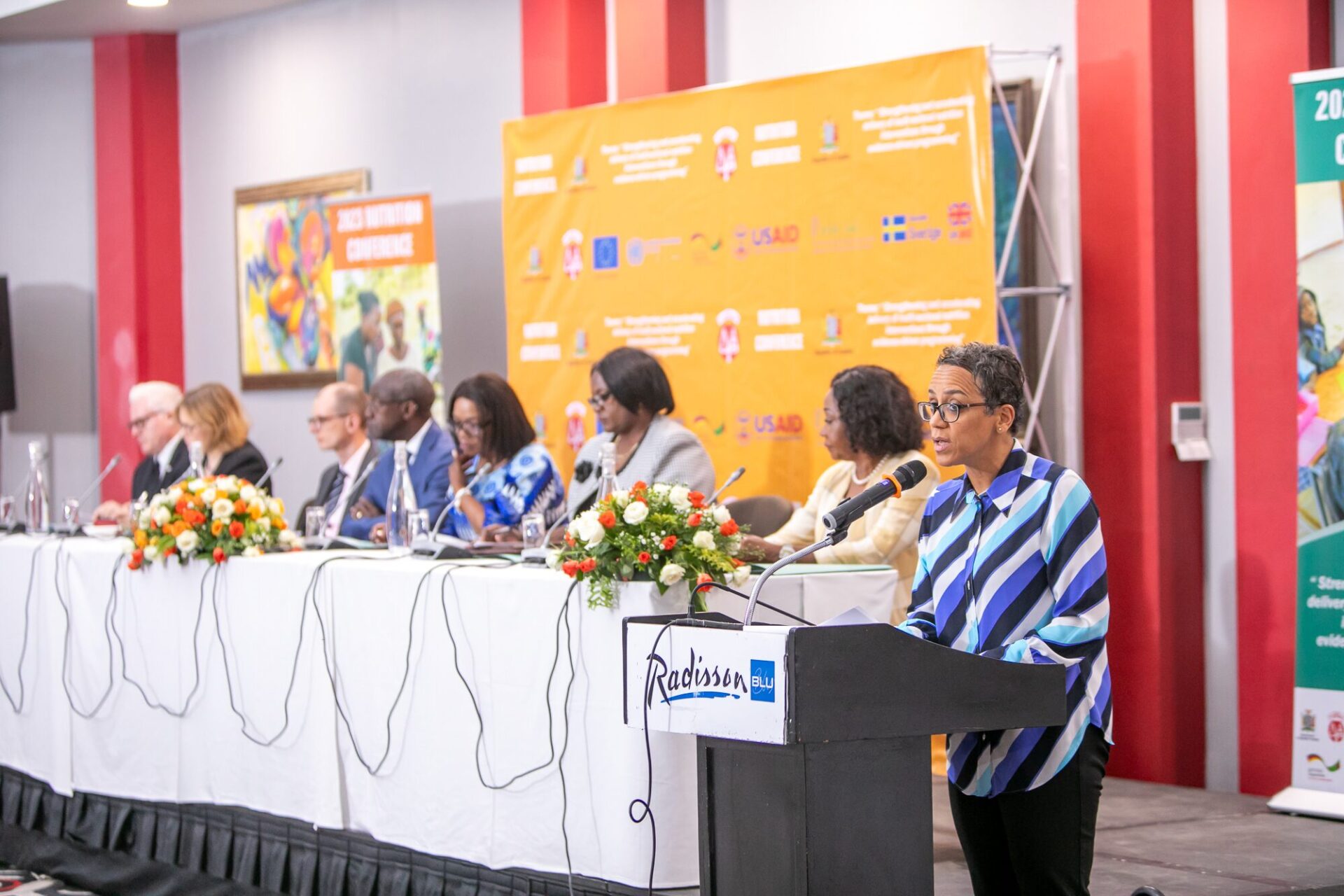When is the Blue River Methodology useful?
Blue River Reflection is useful as an evaluative exercise during or at the end of an intervention as it provides direction and scope for exploring what worked, what didn’t and why. It can be applied to any multi-sectoral, collaborative or partnership effort moving towards a destination.

The river analogy – organisations en route to somewhere
The basis of the participatory activity is that the river represents the journey that the intervention has taken over time – recognising that it comes from somewhere, starts flowing and ultimately reaches its destination.
The destination may not be clearly defined. It may reach the sea, or it simply may reach a light-house or beacon. But the river will still flow.
Each organisation is an autonomous vehicle – in the case of the Blue River Methodology a boat, ship, canoe or raft – that joins the river at some point. On this vehicle, people may get on or off, and the boat itself needs to have a captain, an engine and fuel. These will all differ.
The boats all journey over time along the river but the journey is not the same for each organisation or for the people on the boat.
There may be times when the leadership differs, when one is swept up by different streams, where one faces rapids, sandbanks, need a life raft, or a few crocodiles may unexpectedly alter the situation.
Landscape with lake, trees, sun and mountains in background. Nature, autumn concept. Flat style vector illustration. For leaflets, brochures, wallpapers, posters or banners.
Each of these elements is used to describe different situations:
Other elements that we have used in the past include:
How does Blue River Reflection work?
It is important to decide on what information and achievements you require as a result of using the methodology – keep the core questions you need answered in mind as you go through the process.
The value of this approach is in the questions posed and creating the space for participants to share, learn from each other, be honest in their reflections and collaboratively unfold the linkages, learnings, lessons, challenges, successes and contributions to the goals, objectives and intervention.

Here’s a 15-step how-to guideline:
- Draw a blue river on paper and put it on the wall, table or ground.
- Write the years of the intervention or period you want to reflect on the paper in chronological order. (Leave space at the start and end of the river and for shapes to represent sandbanks, crocodiles etc.)
- Introduce the activity and set any ground rules e.g. no right or wrong journey, confidential discussion so not to share out of the room, listen to each other to learn etc.
- Ask each organisation to collaboratively design and either draw or build their vessel to represent their organisation.
- Ask them to explain why they have designed it as is and document the discussion.
- Have everyone in that organisation or group agree as to what vehicle represents them.
- Ask them to place their vessel on the river and explain when and why they joined the river.
- Ask them when, as individuals, they joined their vessel e.g. when they came aboard.
- Ask them to describe their journey from when they joined as an organisation to where they are now.
- Get them to think about where the sandbanks, rapids, crocodiles etc. were on the way, and let them use paper shapes or building blocks/LEGO to represent these challenges and successes. Document the issues, successes and discussion.
Sometimes it is good to just let participants speak, and then to ask them to think back on where the challenges and successes were. Sometimes you may need to prompt the reflection.
- Ask relevant questions throughout the reflective discussion. Remember to focus on why you are doing the reflective methodology and what evidence or types of insights you are seeking.
- Move the discussion to be forward-looking, when it is saturated or due to time.
- Ask where everyone is going, what they hope to leave behind, what they think the river looks like going forward. Document the discussion. Often there is not clarity or agreement about where they as an organisation are going, nor what the goal or destination(s) of the intervention are. It can be useful to ask what they think success would look like and how it can be measured along the river.
- Bring the activity to an end by asking who has been left out of the intervention, what stakeholders or communities on the banks of the river may think of the intervention and the individual journeys, where they as individuals would place themselves at this point (e.g. on the boat, drowning, or on the bank).
- Ask for final thoughts, feedback and feelings on the activity, and thank them for participating.

Other ways to use this methodology for monitoring and evaluation:
- Blue river planning and include M&E e.g. smart objectives, identifying and prioritising indicators, agree on what success looks like, identifying risks and assumptions
- Relating this to a theory of change, for example use the river to develop change pathways / streams
- Exploring lessons learnt – what was done in the past, what advice would you give to a new boat, would it work on all rivers or for all boats and people?


